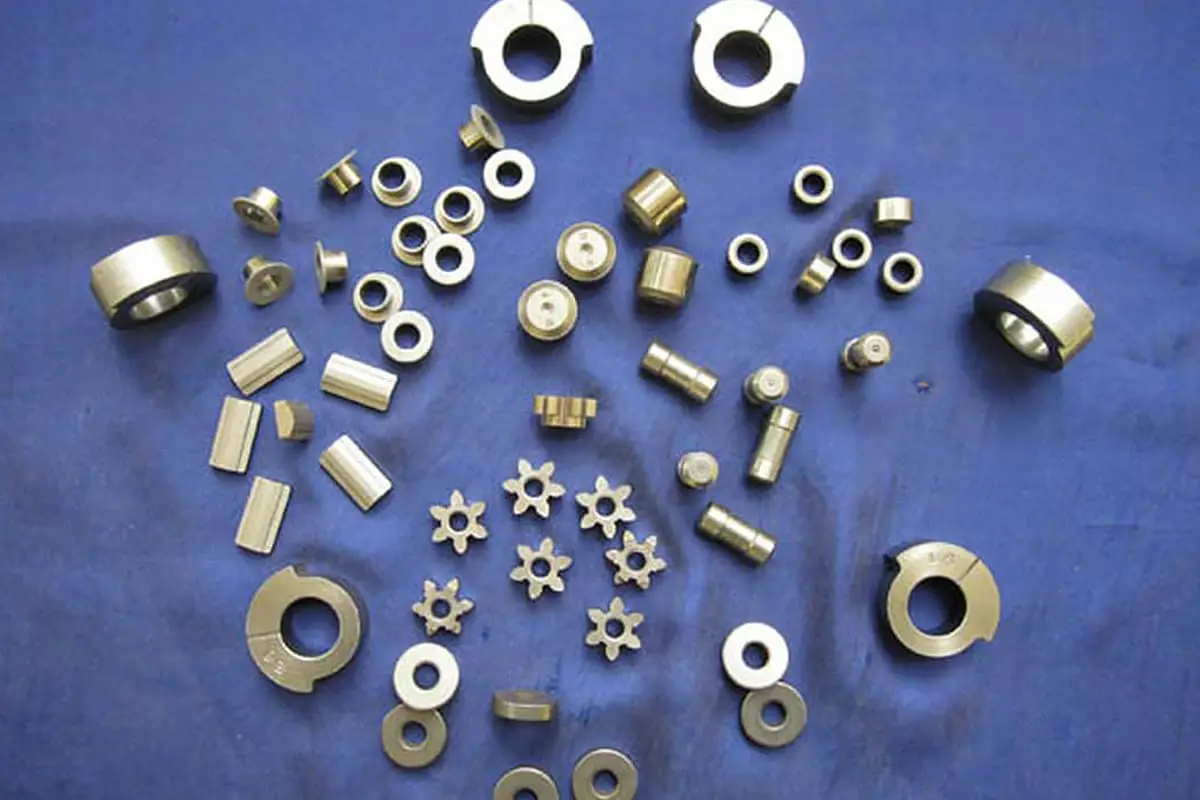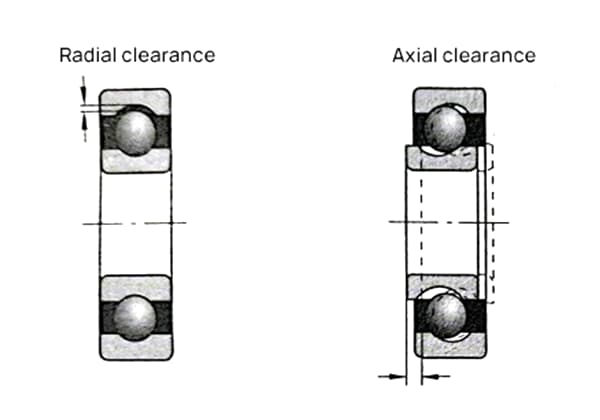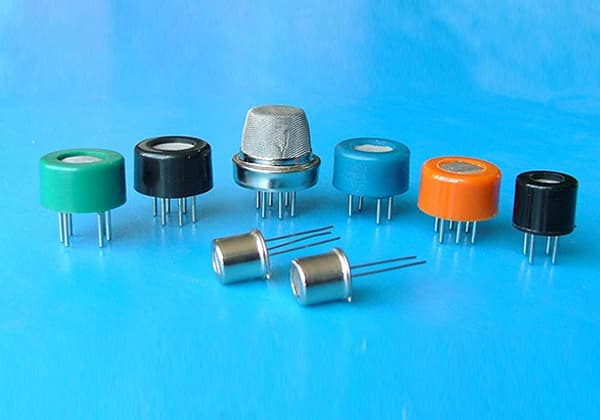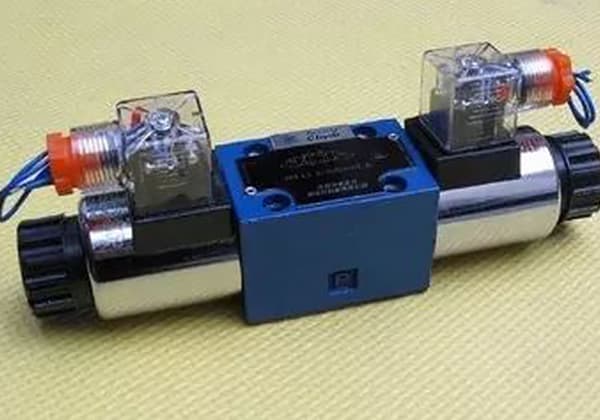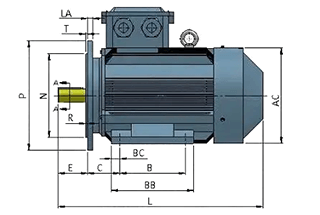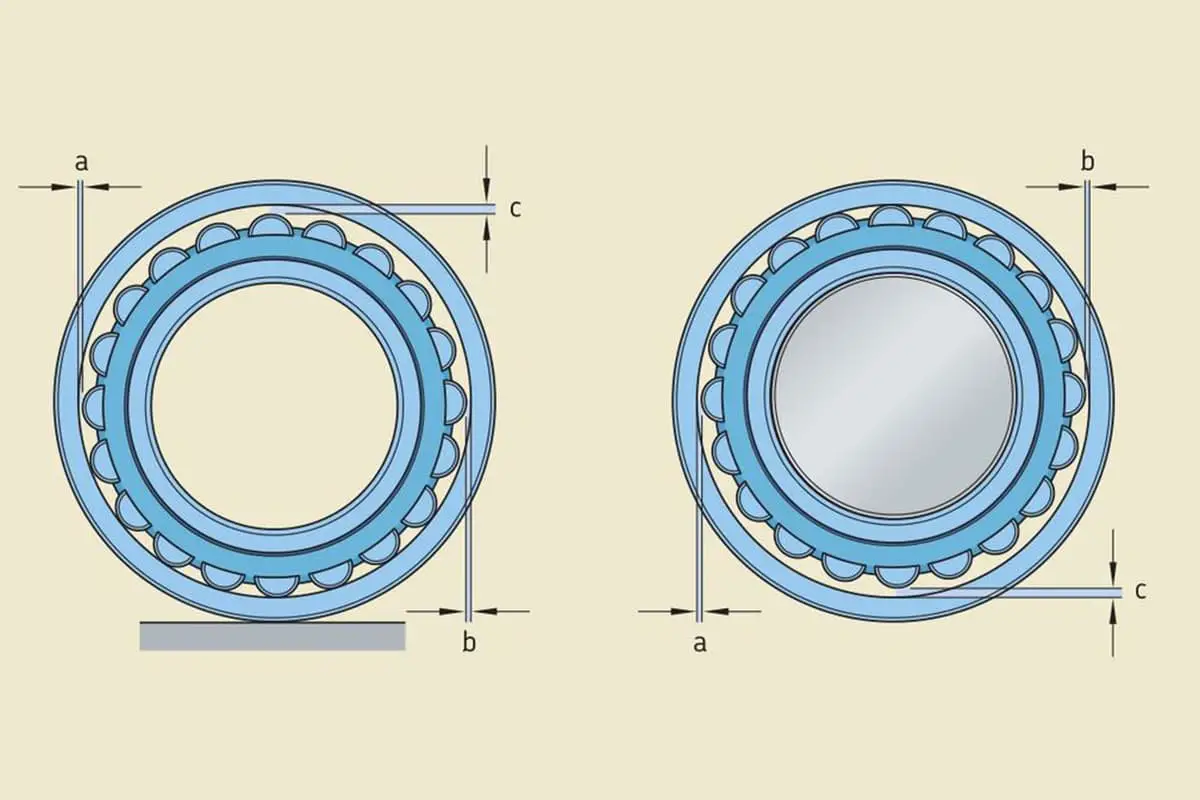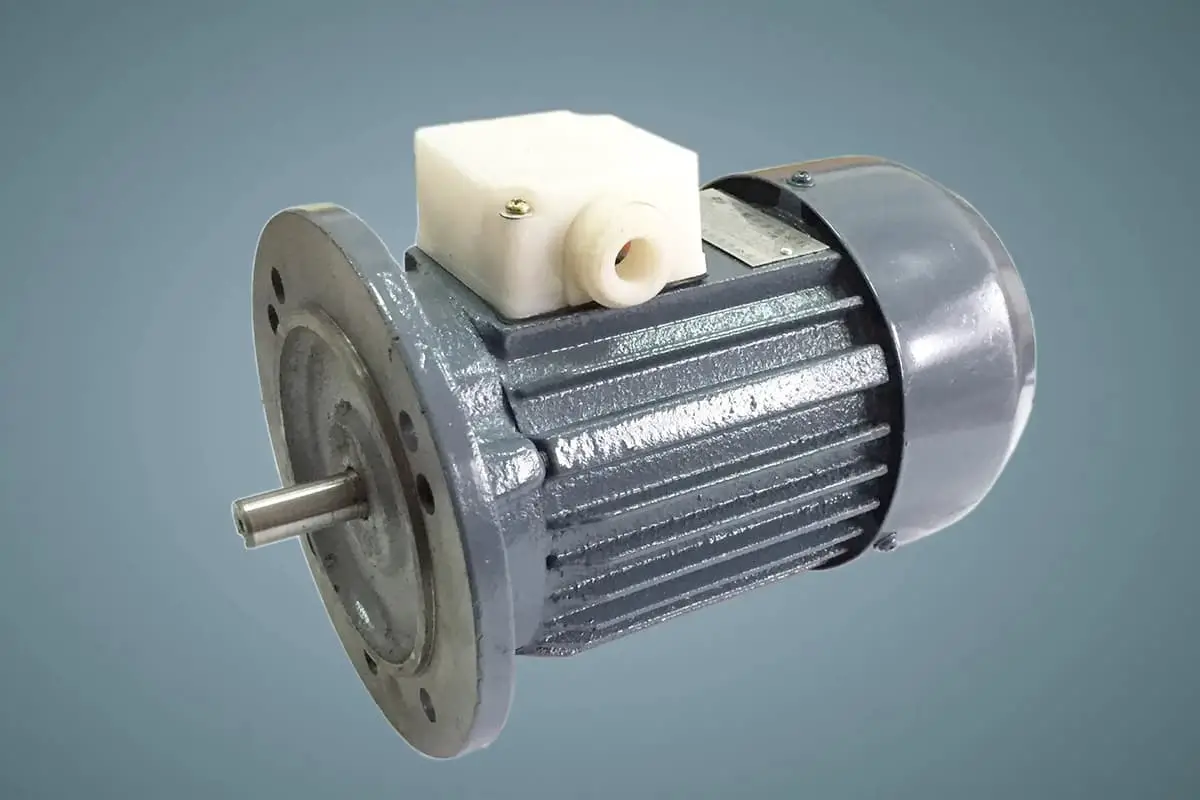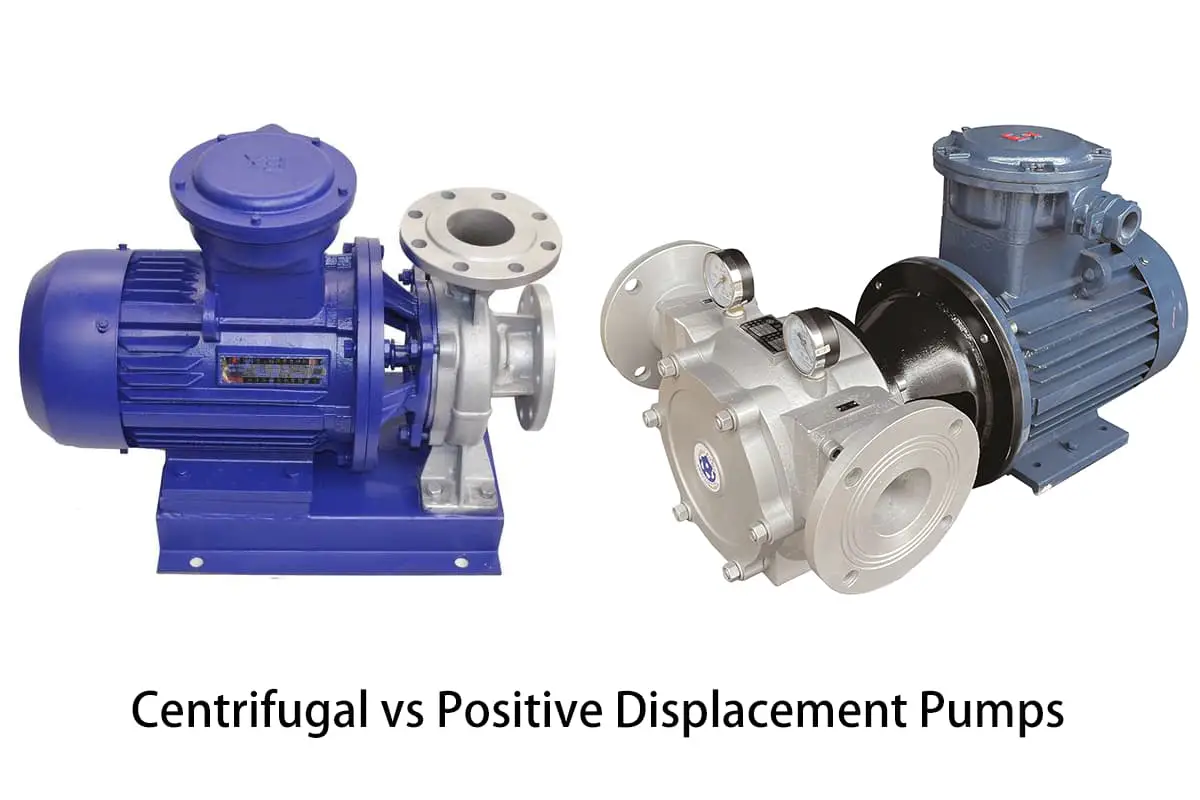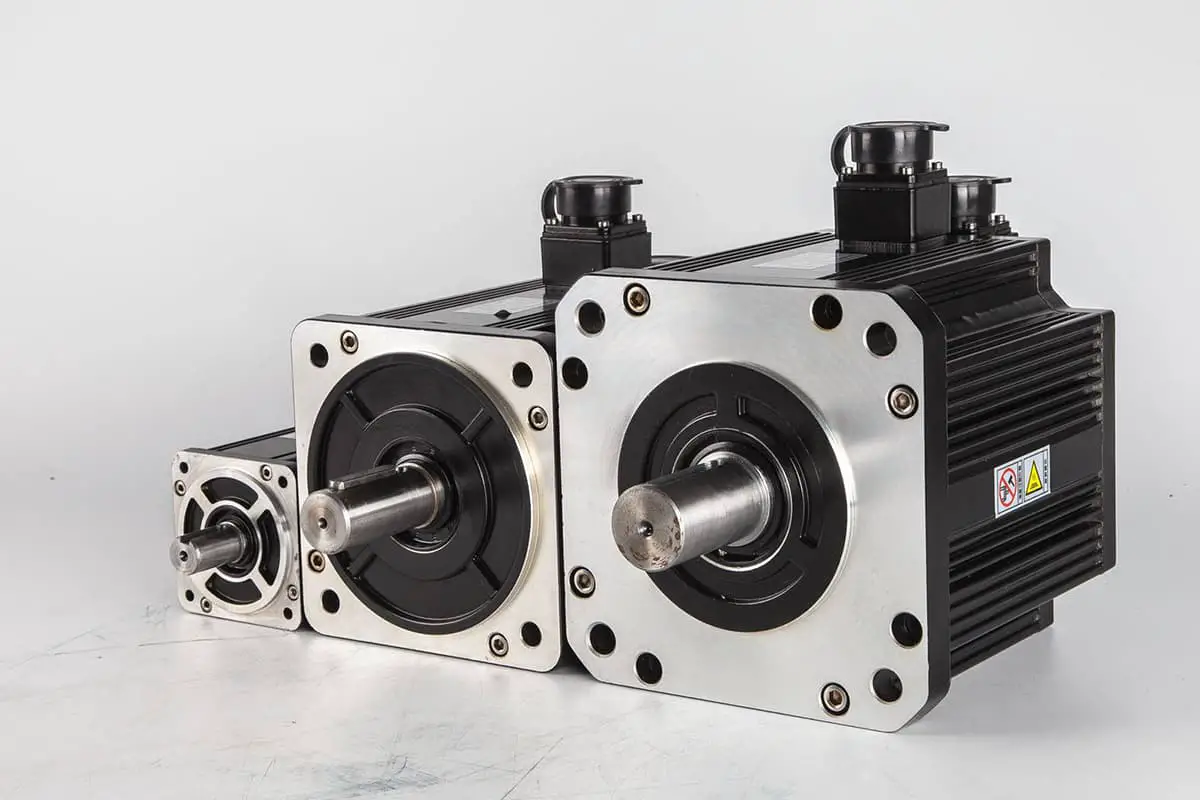
Choosing the right safety valve is crucial for ensuring the safety and efficiency of pressure systems. This guide will walk you through the key factors to consider, such as temperature, pressure, and medium phase state. By the end of the article, you’ll understand how to determine the nominal pressure, pressure-temperature rating, spring working pressure, and the appropriate safety valve type and size for your specific application. Get ready to make informed decisions to protect your equipment and operations.
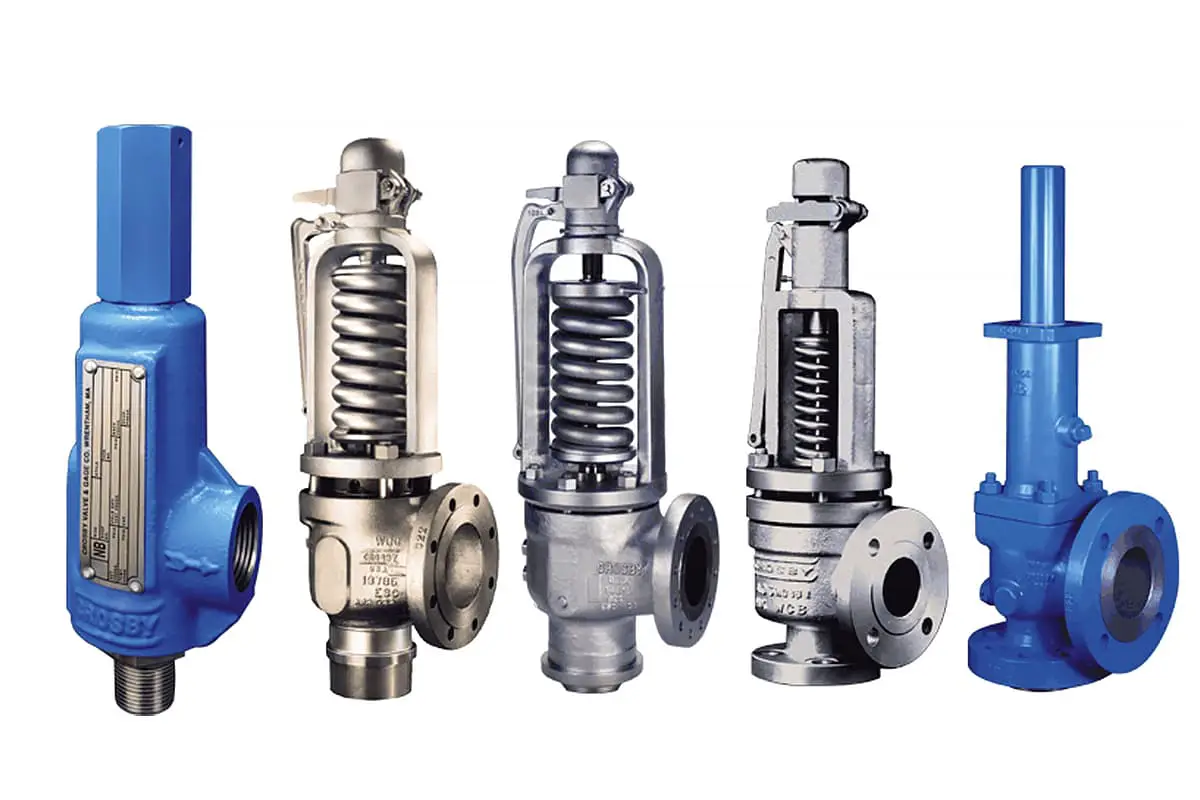
Due to the diversity of safety valves and the diversity and complexity of pressure systems, when selecting a safety valve, the impact of factors such as temperature, pressure, and medium phase state within the system should be considered. Gradually determine the nominal pressure of the safety valve, pressure-temperature rating, working pressure grade of the spring, nominal diameter, and basic form. Finally, determine the model of the safety valve to be selected.
Nominal pressure and set pressure are different concepts, which must be paid attention to when determining and selecting safety valves. Nominal pressure PN is a rounded number used as a reference code related to pressure, expressed in digits.
In safety valves, nominal pressure refers to the highest pressure that can be withstood at the inlet of the safety valve. It is related to materials and temperature. The nominal pressure of the flange at the outlet of the safety valve is generally one to three levels lower than that at the inlet, which should be noted when selecting.
When determining the nominal pressure of a safety valve, the nominal pressure must be greater than the set pressure. Ideally, the pressure when the safety valve is fully opened should not exceed the nominal pressure of the safety valve. The nominal pressure series of safety valves in China are 0.25, 0.6, 1.0, 1.6, 2.5, 4.0, 6.3, 10, 16, 32, 40MPa (Note: Safety valves with PN less than 1.0 usually use cast iron valve bodies and are not recommended for use in pressure vessels).
When selecting a safety valve, the impact of temperature must be considered. As the temperature increases, the maximum allowable working pressure at the same nominal pressure correspondingly decreases. The nominal pressure of the valve should be determined based on the medium being protected, valve material, working temperature, and maximum working pressure.
The maximum allowable working pressure of the valve at various temperatures can be calculated using the formula below or selected from GB/T 9124-2000, “Technical Conditions for Steel Pipe Flanges”.
Ptmax=PN[σ]t /[σ]200
where
After determining the nominal pressure of the safety valve, the spring-loaded safety valve also needs to select the working pressure grade of the spring. The working pressure grade of the spring refers to the allowable working range of the selected spring. Exceeding its working range may cause the safety valve to malfunction. The set pressure range of the spring-loaded safety valve is the working pressure grade of the spring.
The set pressure of the safety valve is adjusted by changing the amount of spring compression, and the various performance of the safety valve is also controlled by the spring. Each spring can only work within a certain set pressure range. Exceeding this range requires changing the spring, so safety valves with the same nominal pressure are divided into different working pressure grades according to the set pressure adjustment range designed by the spring.
| PN | Spring working pressure grade (Mpa) | |||||||
| 1.6 | >0.1-0.25 | >0.25-0.4 | >0.4-0.5 | >0.5-0.6 | >0.6-0.8 | >0.0-1.0 | >1.0-1.3 | >1.3-1.6 |
| 4.0 | >1.3-1.6 | >1.6-2.0 | >2.0-2.5 | >2.5-3.2 | >3.2-4.0 | |||
| 6.3 | >2.5-3.2 | >3.2-4.0 | >4.0-5.0 | >5.0-6.3 | ||||
| 10.0 | >4.0-5.0 | >5.0-6.3 | >6.3-8 | >8-10.0 | ||||
| 16.0 | >10-13.0 | 13.0-16.0 | ||||||
| 32.0 | >16-19.0 | >19-22.0 | >22-25.0 | >25-29.0 | >29-32.0 | |||
From the perspective of ensuring the performance of the safety valve, the smaller the limit of the spring working pressure range, the more it can ensure the performance of the safety valve. The current more common classification method is shown in the table. Users can refer to it when selecting the spring for the safety valve.
Nominal Diameter DN represents the size of all piping accessories in the system in numerical terms, which is a rounded reference value and does not completely match the actual size of the diameter in numerical terms.
The specification of the safety valve is divided by the nominal diameter, and the nominal diameter of the inlet and outlet of the safety valve is different according to the model. The outlet nominal diameter of the full-open safety valve is generally one size larger than the inlet nominal diameter, while the inlet and outlet nominal diameters of the micro-open safety valve are generally the same.
See the table below for the nominal diameter series of safety valves (unit: mm)
| 1 | 15 | 100 | 350 | 1000 | 2000 | 3600 |
| 2 | 20 | 125 | 400 | 1100 | 2200 | 3800 |
| 3 | 25 | 150 | 450 | 1200 | 2400 | 4000 |
| 4 | 32 | 175 | 500 | 1300 | 2600 | |
| 5 | 40 | 200 | 600 | 1400 | 2800 | |
| 6 | 50 | 225 | 700 | 1500 | 3000 | |
| 8 | 65 | 250 | 800 | 1600 | 3200 | |
| 10 | 80 | 300 | 900 | 1800 | 3400 |
The nominal diameter of the safety valve should be determined based on the safety discharge volume, so the safety discharge volume must first be calculated, and then the flow diameter of the safety valve is calculated based on the safety discharge volume, taking into account the discharge coefficient of the safety valve, back pressure conditions, etc.
When determining the diameter of the safety valve, the most basic principle is to choose a safety valve whose rated discharge is greater than and as close as possible to the safety discharge volume. The necessary discharge volume (safety discharge volume) to prevent excessive overpressure when abnormal overpressure occurs is determined by the working conditions of the system or equipment and the causes of overpressure, among other factors.
For safety valves, the flow diameter is the minimum cross-sectional diameter of the valve seat throat, and the flow diameter directly affects the discharge capacity of the safety valve. When selecting a safety valve, first calculate the minimum discharge area required by the protected system based on the safety discharge volume of the pressure system, and then calculate the flow diameter d 0 . Then determine the nominal diameter of the safety valve. See the table below
Nominal Diameter DN and Flow Diameter d0 (unit: mm)
| DN | 15 | 20 | 25 | 32 | 40 | 50 | 65 | 80 | 100 | 150 | 200 | |
| d0 | Full lift type | 20 | 25 | 32 | 40 | 50 | 65 | 100 | 125 | |||
| Low lift type | 12 | 16 | 20 | 25 | 32 | 40 | 50 | 65 | 80 | |||
When selecting a safety valve, in addition to determining the nominal pressure, temperature-pressure, spring working pressure level, and nominal diameter, it is also necessary to choose the appropriate safety valve structure and the material of the valve body and main internal parts according to the working medium.
(1) Use full lift safety valves for discharging gas or steam.
(2) Use full lift or low lift safety valves for discharging liquids.
(3) Safety valves with a wrench can be used for discharging steam or air.
(4) For safety valves used for gases with a set pressure greater than 3.0MPa and temperature above 235°C, consider using safety valves with heat sinks to prevent the discharge medium from directly eroding the spring.
(5) Use open bonnet safety valves when the discharge medium is allowed to leak to the atmosphere. Use closed safety valves when leakage to the atmosphere is not allowed.
(6) For the emission of highly toxic, strongly corrosive, and extremely dangerous media, bellows safety valves should be selected.
(7) For situations with high back pressure, choose back pressure balanced safety valves or pilot-operated safety valves.
(8) In some important situations, it is sometimes necessary to install two safety valves as backups for each other. The inlet and outlet isolation valves of the two safety valves should adopt mechanical interlocking devices to ensure that the required discharge area for the vessel can be met at any time (including during maintenance and inspection periods).
The bonnet and cap of a closed safety valve are sealed. Its function is firstly to protect the internal parts from external contaminants such as dust without requiring airtight performance; secondly, it is used to prevent the spillage of toxic, flammable, and other media or for the recovery of media, hence an airtightness test is required. When a closed type is selected and an outlet side airtightness test is required, it should be specified at the time of order. The airtight test pressure is generally set at 0.6MPa.
Open safety valves, due to their open bonnet, help to reduce the temperature in the spring chamber and are mainly used for media such as steam.
If regular opening tests are required for the safety valve, choose a safety valve equipped with a lifting wrench. When the media pressure reaches more than 75% of the set pressure, the lifting wrench can be used to slightly lift the valve disc from the seat to check the flexibility of the valve opening.
Used in situations where the medium temperature is high, in order to reduce the temperature of the spring chamber. Generally, when the temperature of a closed-type safety valve exceeds 250°C, and the temperature of an open-type safety valve exceeds 350°C, a safety valve with a radiator should be selected.
Mainly used in the following two situations:
1) Used for balancing back pressure: The effective diameter of the bellows of the back pressure balanced bellows safety valve is equal to the average diameter of the valve sealing surface. Before the safety valve opens, the force of the back pressure on the valve disc is in a balanced state. Changes in back pressure do not affect the set pressure; when the back pressure is variable, and its change exceeds 10% of the set pressure, this type of safety valve should be selected.
2) Used in corrosive media. The bellows isolate the spring and guiding mechanism from the medium, thus preventing these important parts from failing due to corrosion by the medium.
After determining the nominal pressure, pressure-temperature rating, spring working pressure rating, nominal diameter, and basic type of the safety valve, the model of the safety valve to be selected can finally be determined.
The selection of a safety valve is based on the specific parameters of the working conditions. Now, we will explain the selection process of safety valves for three different states in a xylene joint unit process system with an example of 45×104 t/a (using spring-type safety valves as an example).
1) Process parameters
2) Selection steps
3) Determine the model
Through calculation, the A42Y16C-DN50 full-open safety valve can be selected, ending the selection process.
1) Process parameters
2) Selection Steps:
Select the applicable formula: Since the medium is steam, the inlet pressure is the set opening pressure of 2.64MPa < 11MPa, and the operating temperature is 350℃; refer to the superheated steam coefficient table, the saturated temperature of steam at an absolute pressure of 2.74MPa is 230℃, and the corresponding superheated steam correction factor is 0.87, use the steam formula for calculation.
Determine the relevant calculation formula: Wtsh=5.25APdKsh.
Use the full-open type safety valve A48Y model (for steam), with a rated discharge coefficient of 0.75.
The rated discharge of the safety valve Wrsh=Wtsh×0.75.
Substitute into the above equation, get: Wtsh×0.75=5.25×d02 ×π/4×(2.64×1.03+0.1)×0.87, thus d0 =67.
Check the related tables, when d 0 =80, the corresponding nominal diameter for the full-open type safety valve is DN125.
When the working temperature of the carbon steel valve body is at 350℃, and the opening pressure (absolute pressure) is 2.74Mpa, the selected safety valve’s nominal pressure is 4.0Mpa.
3) Determine the model:
Through the above steps, A48Y40—DN125 can be selected.
Note: The nominal diameter DN125 is special and generally not used. If DN150 is chosen, then the corresponding safety valve throat diameter is d0 =100, which is much larger than the calculated d0 (67), causing frequent jumping of the safety valve (when the selected throat diameter of the safety valve is too large).

